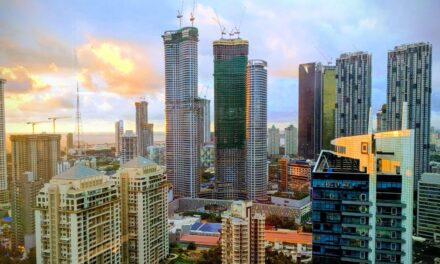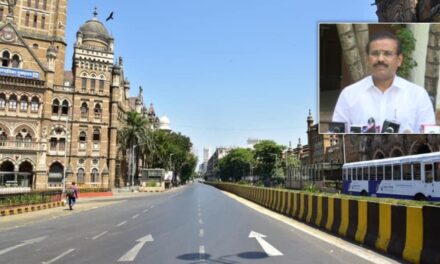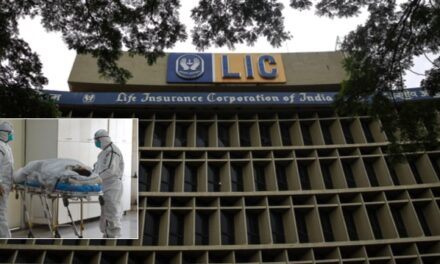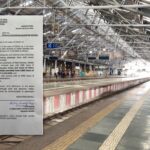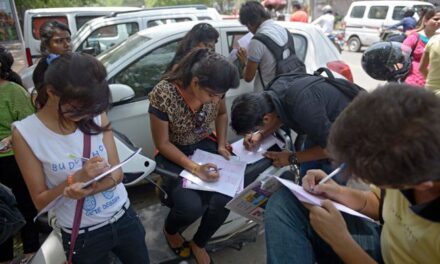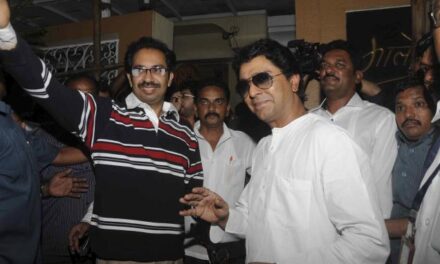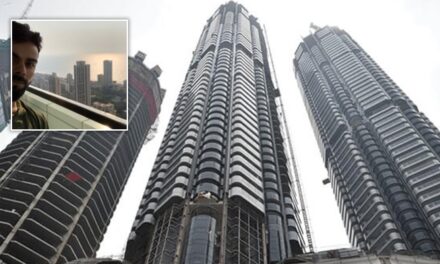Mumbaikars to get live updates about rainfall, water levels across localities this monsoon
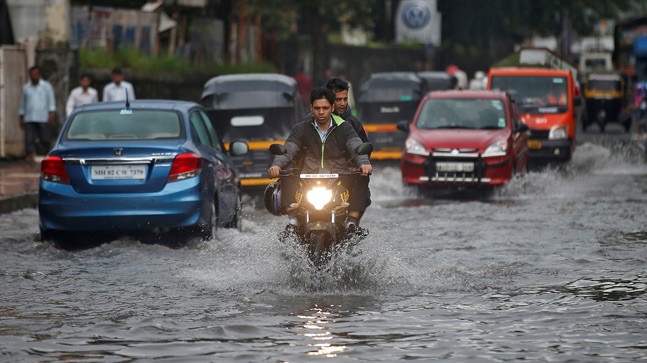

The ministry will install 200-250 Automatic Rain Gauges across the city (Representational Image, Courtesy: IndiaToday)
Come monsoon, Mumbaikars be able to receive live updates about rainfall in a particular area right on their cell phones.
According to a report in The Indian Express, the Ministry of Earth Sciences (MoES) is planning to set up a network of 200 to 250 Automatic Rain Gauges (ARG) across the city by June this year.
Once the gauges are deployed, people will be able to receive live updates about rainfall in a particular locality and current water levels, allowing them to stay safe and plan ahead.
The Indian Institute of Tropical Meteorology (IITM), Pune will partner with the Brihanmumbai Municipal Corporation (BMC) for the installation and maintenance of these gauges.
This will be the first time a project like this is being implemented in the country.
“IITM is designing and working to establish a network of at least 200 to 250 ARGs in Mumbai that will provide real-time rainfall information. Additionally, we also plan to install a radar that will also supply rainfall details for every 1 km area,” MoES secretary, M Rajeevan told the daily.
The data sets will be combined to prepare a spatial map, using which live rainfall details can be shared on mobiles. Additional details about the application are expected to be made available in coming weeks.
At present, India Meteorological Department (IMD) has two ARGs at its Colaba and Santacruz observatories. The civic body has also installed a handful of rain gauges over the last decade.
The department, however, has been unable keep up with the rapid growth of cities and towns in terms of installing the Automatic Weather Stations (AWGs).
To remedy the situation, the ministry is working on increasing the number of AWGs in metros like Delhi, Mumbai, Kolkata, and Chennai under the Urban Meteorology project.
The network will allow authorities to continually monitor water levels of every locality after heavy rainfall and warn people in advance. Once operational, the network will be expanded to other Indian cities.
Rajeevan added that a thorough study of an area’s topography, drainage system, sea tides, along with rainfall will allow them to accurately predict water levels in the city during rainy season.


